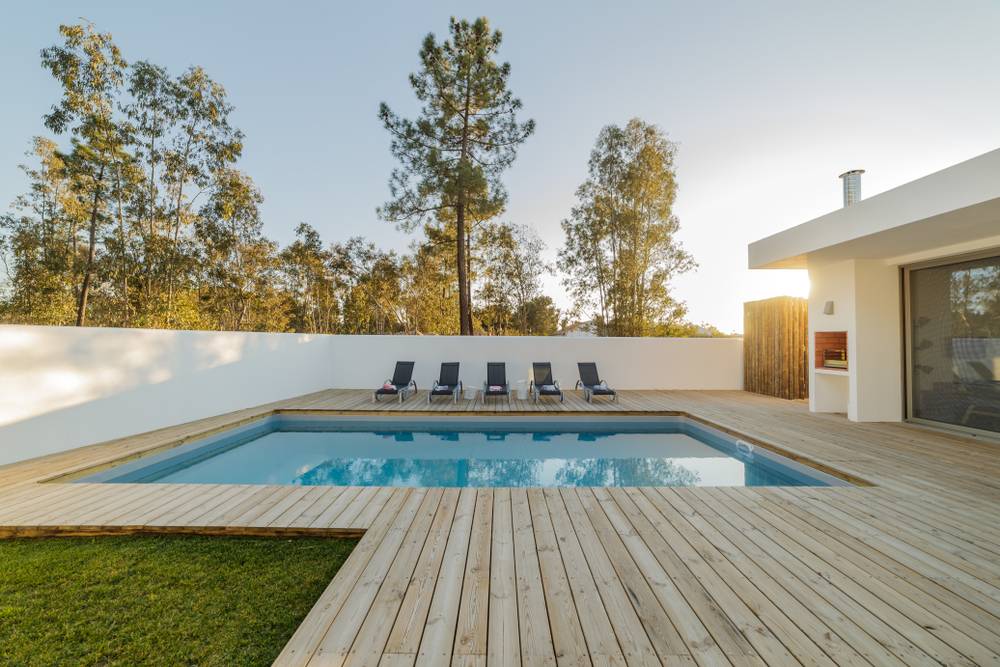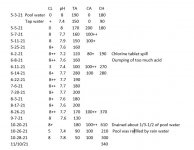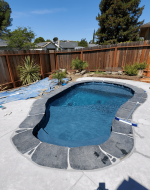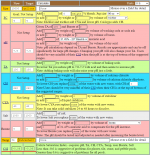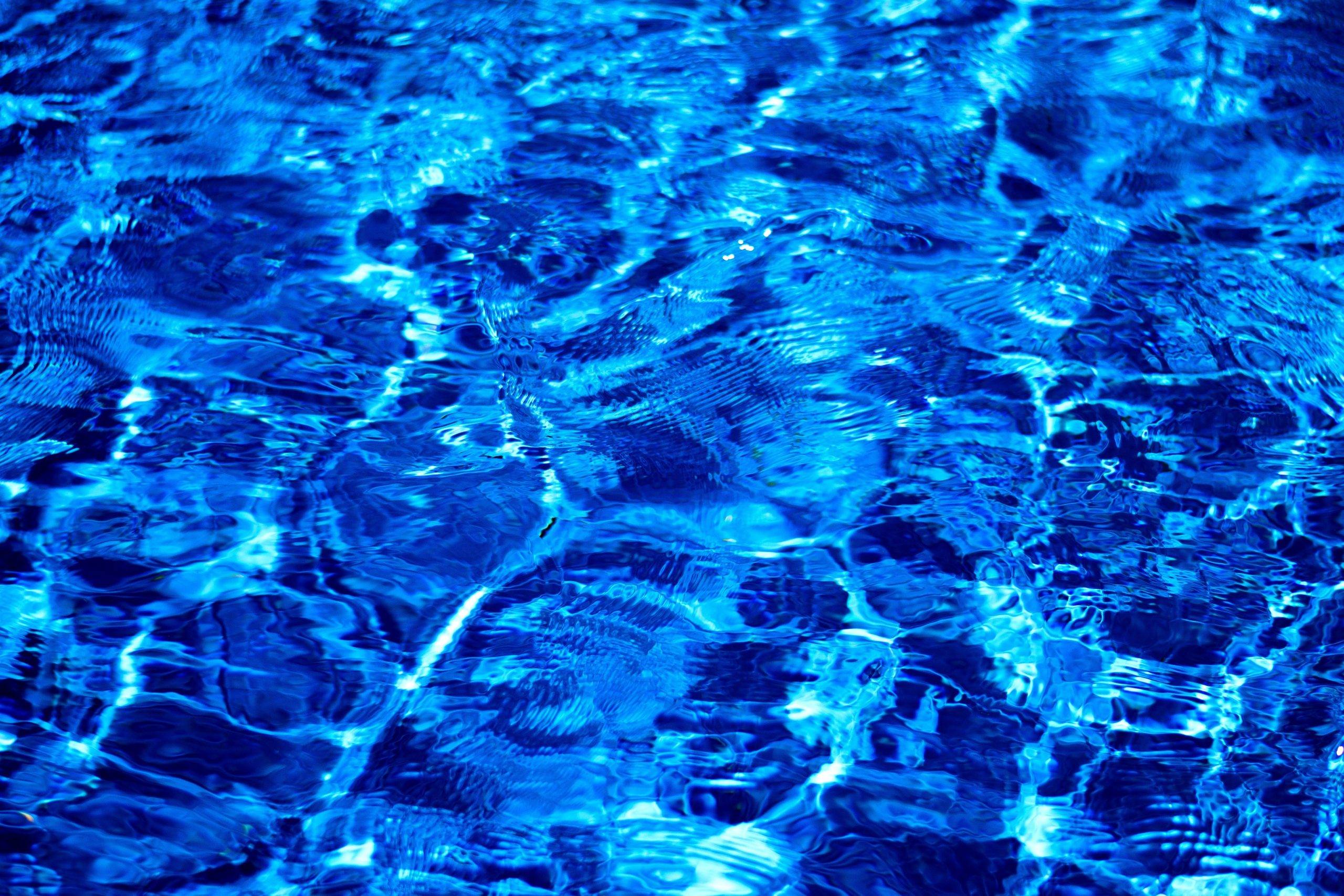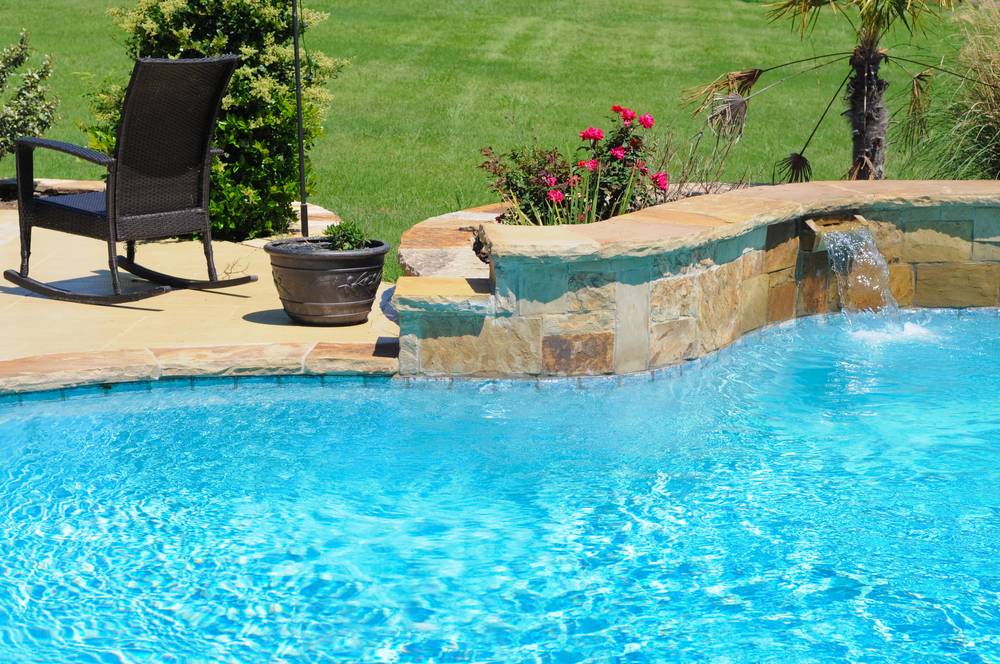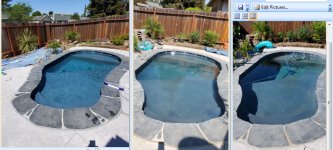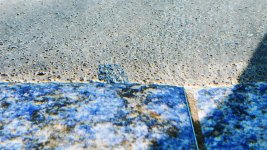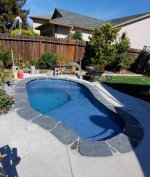I’m going to take a crack at laying out a wholistic approach but I defer to the experts provide you with the details.
The stuff in water chemistry all works together. If you change one thing, the other things still need to be taken into account to achieve balanced water. This article is something you already know but it pays sometimes to just go back to basics and think it all through.
There are several items things every pool owner should know about swimming pool water. We share details on the basics of Pool Water Chemistry.

www.troublefreepool.com
Your CYA is still too high. This article is likely more than anyone wants to know about CYA

but the takeaway is the more CYA you have the more chlorine you need and the only practical way to reduce CYA is replace more water. If you can reduce CYA to around 50, that would be good so if it really is 100 now, replacing half the existing water will do it.

www.troublefreepool.com
To replace water, take a look at the pitfalls and methods in this article:

www.troublefreepool.com
Your pH is too low to get balanced water with the other stuff in your water chemistry. With your current TA , CYA and pH, it would actually be difficult to maintain that low — unless you are still using tabs it will rise on its own. You can aerate to speed it up. Not important right now because you still need to replace more water to lower your CYA so no sense futzing with that now. Once you get your CYA under control, use poolmath to help balance the other elements. Tabs lower pH; stop using them (if you haven’t already). Use liquid chlorine.

www.troublefreepool.com
You need to maintain your FC level based on your CYA. A handy chart tells you exactly where you want to keep it. Use liquid chlorine.
Managing your cyanuric acid and Free Chlorine levels is key to stabilizing your pool. Learn how these two items affect each other.

www.troublefreepool.com
If in your shoes, I would:
1. test CYA per the diluted method posted earlier in this thread — you need to know if it’s really 100 or if it’s even higher.
2. Replace enough water to get your CYA around 50. If it’s really 100 that means replacing half the water.
3. immediately after that add liquid chlorine to get FC up to the levels on the chart
4. do a full set of tests and post results to sort of get a “sanity check” from the experts for next steps.
You seem to be getting much closer to the finish line but still a little ways to go.



